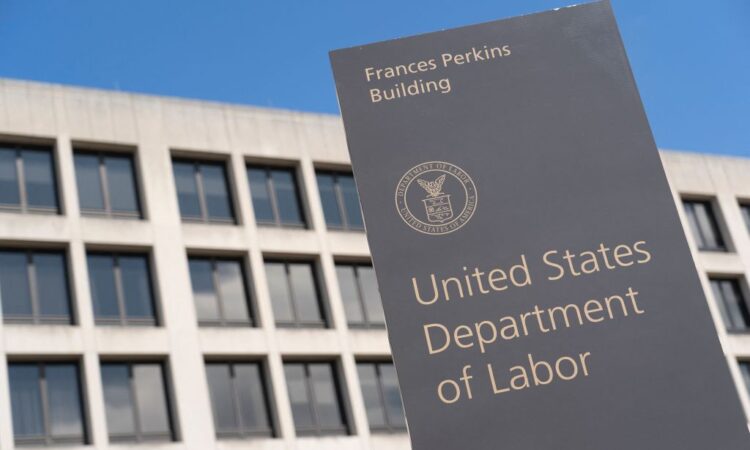
Average Mortgage Rate Moderates This Week
6 hr 17 min ago
Mortgage rates fell slightly this week, according to data released by Freddie Mac Thursday.
The average 30-year, fixed-rate mortgage fell to 7.02%, down from 7.09% last week. This is the second week in a row that mortgage rates have fallen.
Mortgage rates began climbing in March as it became more apparent that the Federal Reserve would likely not be able to cut its influential fed funds rate imminently. The fed funds rate impacts all types of credit, including mortgages.
Mortgages are also susceptible to movement in the bond market. Fading hope that rate cuts are on their way has pushed Treasury yields up, and in turn mortgage rates.
Barkin Sees More Price Pressure in Services Sector
6 hr 31 min ago
Service providers are still raising their prices as they continue to work with increasing labor costs, said Richmond Federal Reserve Bank President Thomas Barkin today.
“There’s just a lot of movement on the services side and it’s just going to take a little bit of time,” Barkin told CNBC.
Sectors like auto and health insurance are helping to push up the rise in services costs, he said. His remarks come after the Consumer Price Index (CPI) showed inflation cooled slightly in April.
Barkin said the April retail sales numbers released yesterday were “interesting” because the slowdown was more in line with what he was hearing from businesses in his district, which covers Maryland, Virginia, Washington, D.C., the Carolinas, and most of West Virginia.
“That’s what I’m hearing in the marketplace, which is, good but not great consumer spending,” Barkin said. “I do think the edge will have to come off of demand a little bit more to get inflation back to target.”
As other Federal Reserve officials have said recently, Barkin did not commit to the timing of interest rate changes, saying inflation appeared to be on a path back toward the 2% target. He said more time at current rate levels was needed before the Fed could move to cut.
-Terry Lane
Home Starts and Permits Miss Expectations in April
9 hr 54 min ago
Homebuilding activity missed expectations as high mortgage rates continued to drag down the market.
Builders started building houses in April at a rate that would see 1.36 million units constructed if that pace continued all year, the Census Bureau said Thursday. That is a 5.7% increase from March but below expectations for an annual rate of 1.40 million according to a survey of forecasters by Dow Jones Newswires and The Wall Street Journal.
Building permits, a signal of future activity, fell 3% from March to an annual rate of 1.44 million, short of the consensus forecast for 1.48 million.
Housing starts are usually taken with a grain of salt by economists because they’re prone to large up-and-down swings from month to month. However, they’re the latest of several indicators that high mortgage rates are stifling the housing market.
The average rate offered for a 30-year mortgage has hovered over the 7% mark in recent weeks, according to Freddie Mac, close to a two-decade high. The Federal Reserve has held its benchmark fed funds rate high to combat inflation, which influences all kinds of credit including mortgages. High mortgage rates have helped raise required monthly payments to the point of unaffordability for many prospective buyers.
The Fed’s monetary policy intentionally raises borrowing costs on mortgages and other loans in an attempt to discourage borrowing and spending, cool the economy, and push inflation down to a 2% annual rate from its current level of 3.4%.
“Restrictive monetary policy clearly continues to weigh on housing activity as housing starts have essentially been stuck in a sideways pattern around 1.4 million since the summer of 2022,” Ali Jaffery, an economist at CIBC, wrote in a commentary. “That trend is likely to continue until the Fed is confident inflation is headed for 2%.”
Initial Claims For Unemployment Insurance Fell Last Week
10 hr 13 min ago
The number of people filing for unemployment insurance for the first time fell by 10,000 last week, according to data released by the Department of Labor Thursday.
Initial claims fell to 222,000, down from the prior week’s revised level of 232,000. The volatile weekly measure often used as a proxy for layoffs has fluctuated around the 200,000 mark so far this year.
The four-week moving average, which some economists site as a more stable figure, rose to 217,750, some 2,500 more than in the previous week.
Some economists said last week’s jump was caused mainly by an anomaly in New York schools.






